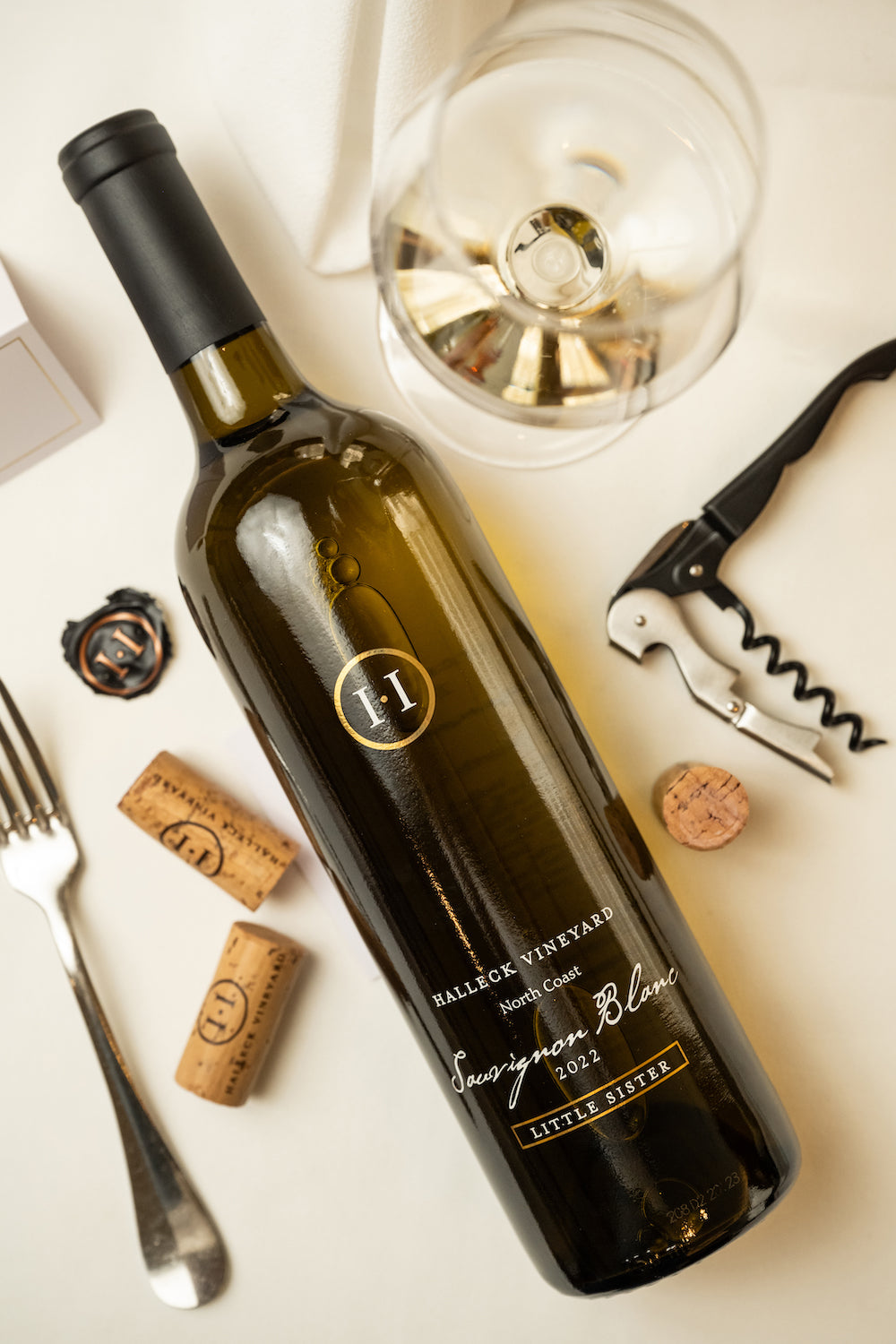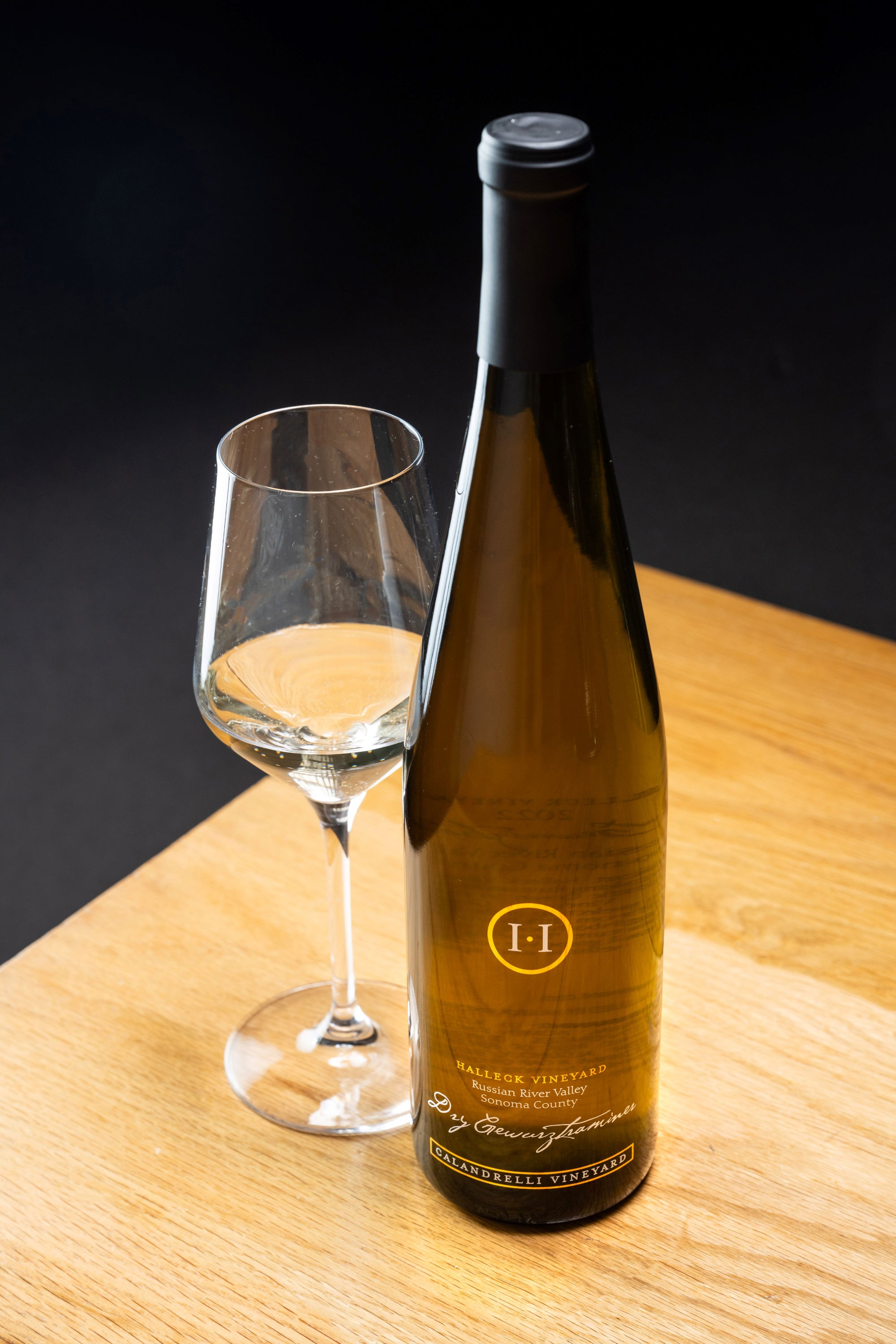Wineries That Offer Dog Friendly Areas - Vineyard Tours In Sebastopol
Wineries That Offer Dog Friendly Areas - Vineyard Tours In Sebastopol
Blog Article
Wineries With Artisan Chocolate Pairings In Sonoma - Vines And Views In Sonoma Wine Country
Wine tasting is an art that combines sensory experience with an appreciation for the nuances of different varietals. How to evaluate flavors in winery wine tasting sessions is pivotal to grasping the complexities of wine.
Engaging in a wine tasting involves more than merely sipping and savoring. It requires a centered method to determine aromas and flavors that each wine presents. As you start, observe the wine's appearance, noting its shade and clarity. These visible cues usually recommend a wine’s age, grape variety, and even potential flavor profiles.
The next step within the tasting course of is to swirl the wine in your glass. This motion releases aromatic compounds that are vital for analysis. Lean in and take a second to inhale deeply; the aromas can range from floral and fruity to spicy and earthy. The nose of the wine is simply as essential as the palate, and recognizing scents plays a major position in understanding the overall experience.
When taking your first sip, allow the wine to maneuver throughout your palate - Cultural Wine Experiences In Sonoma County. Notice the initial flavors that present themselves. Is the wine fruity, floral, or maybe herbaceous? This preliminary taste provides perception into what the wine is more likely to categorical as you continue to gauge it. The mouthfeel also contributes to the overall flavor experience; it could be silky, tannic, and even effervescent.
Romantic Winery Destinations In Sebastopol - Sonoma Wine Retreats
As you continue tasting, take note of the wine’s balance. A well-balanced wine will harmonize acidity, sweetness, and tannins. If one component overwhelms the others, it might point out a much less fascinating high quality. Evaluating steadiness might help you identify how properly the wine might pair with food.
Transitioning to the finish, contemplate how the flavors evolve because the wine lingers in your palate. A long, pleasant end can point out a high-quality wine, while a short or abrupt end would possibly recommend otherwise. Reflect on whether or not the flavors stay consistent or if new notes emerge as the wine settles. This development can reveal complexities and intricacies that may not have been apparent in the preliminary tasting.
Temperature can be an important factor in evaluating wine flavors. Different forms of wine are optimally loved at specific temperatures. White wines often shine when chilled, whereas purple wines generally perform greatest at room temperature. When tasting, ensure the wine is at the applicable temperature to totally appreciate its character.
Charming Wineries With Views In Sonoma Valley - Vineyard Tours In Sebastopol
Pairing food with wine can significantly improve the tasting experience. Meals can affect the notion of flavors in wine, either highlighting certain characteristics or diminishing them. When evaluating flavors, consider how the wine interacts with completely different meals, noticing which flavors are amplified or muted (Wineries Known For Their Beautiful Gardens).
Think About the influence of terroir as you have interaction in a winery tasting. Terroir encompasses the distinctive environmental factors that have an result on grape growing, together with soil composition, climate, and geography. Understanding a wine's terroir can present insight into its flavors and aromas, fostering a deeper appreciation for the alternatives made during its cultivation and manufacturing.
Education plays a elementary role in enhancing one's capacity to evaluate wine flavors. Studying about grape varieties, wine regions, and production strategies can pave the greatest way for more knowledgeable judgments during tastings. Moreover, attending workshops or classes can refine sensory skills and expand your flavor vocabulary, enabling you to articulate tasting notes more successfully.

Lastly, it's important to remember that evaluating wine flavors is a highly personal experience. Individual preferences and perceptions will invariably form one’s tasting journey. Enjoyment should be at the forefront, with the evaluation course of appearing as a device to reinforce understanding and appreciation quite than create inflexible tips.
Wineries Ideal For Large Groups - Family-Owned Wineries In Sonoma
In conclusion, mastering the method to consider flavors in winery wine tasting classes involves a mixture of sensory engagement, information, and practice. By studying to identify aromas, assess the stability, and respect the intricacies of flavor, wine enthusiasts can deepen their connection to every bottle they encounter. As with any art kind, the more one immerses themselves in the experience, the more they will discover and enjoy the vast world of wine.
- Start by observing the wine's colour and readability, as these visible components can trace at its flavor profile and aging potential.
- Swirl the wine gently in your glass; this releases aromatic compounds, allowing you to better identify the complicated scents associated with the wine.
- Take a deep inhale before tasting, focusing on both primary and secondary aromas to gather insights on fruits, spices, and other nuances.
- When tasting, allow the wine to coat your palate; note the initial flavors, the mid-palate complexity, and the finish as these stages can present different flavor highlights.
- Pay attention to texture and mouthfeel, as aspects such as tannin levels, acidity, and sweetness contribute considerably to the general tasting experience.
- Evaluate flavors in opposition to normal wine traits; for purple wines, consider berry notes, oak influence, and herbal tones, whereas whites could embody citrus, stone fruits, and floral hints.
- Take notes during the tasting session to track your impressions, serving to you to recollect and consider the totally different wines sampled.
- Discuss your findings with fellow tasters or winery staff, as sharing insights can improve understanding and appreciation of particular person flavors.
- Permit time for the wine to breathe; typically, flavors evolve and reveal new dimensions after being exposed to air.
- Experiment with food pairings during the tasting as they'll dramatically alter how flavors are perceived, influencing total enjoyment.undefinedWhat should I look for when evaluating the aroma of wine throughout a tasting?
Begin by swirling the wine in your glass to launch its aromas. Bring the glass to your nose and take a deep breath. Pay consideration to the first scents you detect, as these are sometimes the most distinguished. Look for fruit, floral, herbal, or earthy notes and attempt to establish particular traits, which can deepen your understanding of the wine's complexity.
Intimate Wine Tasting Experiences In Sonoma - Unforgettable Wine Tastings In Sonoma
How can I distinguish between totally different flavor profiles in wine?
Perceive that flavor profiles are often categorized as fruit, floral, herbaceous, spicy, or mineral. hop over to these guys Take small sips and allow the wine to coat your palate. Notice the primary flavors that emerge first and the subtle notes that follow. This layering is crucial in distinguishing the wine's traits and can assist you to respect its distinctive profile.
Celebrated Winemakers To Discover In Sonoma - Sebastopol Area Wineries Offering Wine
What is the significance of the wine's texture in a tasting?

The texture of the wine, also known as mouthfeel, performs a vital position in how we perceive flavors. Pay consideration as to if the wine feels clean, creamy, or gritty. The physique of the wine (light, medium, or full) can improve or distinction with flavors, providing a more rounded experience throughout tasting.
How do I assess the steadiness of flavors in wine?
Steadiness in wine refers again to the harmony between acidity, sweetness, tannin, and alcohol. Take a second to assess whether these elements complement or interfere with each other. A well-balanced wine will have none of its elements overpowering the others, creating a pleasant tasting experience.
Wineries Near Sonoma Square - Best Winery In Sonoma For Quality Wine
What role does temperature play in evaluating wine flavors?
Temperature can considerably impression the notion of flavors. Generally, pink wines are finest served slightly below room temperature, whereas white wines take pleasure in being chilled. As the temperature changes, the aromas and flavors can shift, permitting you to perceive different traits. It’s essential to style wine at its optimum temperature for true evaluation.
Wineries Showcasing Local Art And Crafts - Explore Sebastopol Area Vineyards
How can I enhance my tasting skills over time?
Practice is vital to improving your tasting skills. Wineries Pairing Wine With Chocolate. Attend tastings, keep a journal of your experiences, and discover different varieties of wines to broaden your palate. Moreover, learning about wine manufacturing and grape varieties can provide context that enhances your analysis process, making you a more knowledgeable taster.
Is there a selected order in which I ought to taste the wines?
Spectacular Vineyard Views In Sonoma - Winery In The Sonoma Wine Region
Sure, it’s advisable to style wines from light to full-bodied and dry to sweet. This progression prevents the stronger flavors from overshadowing the more delicate ones, permitting you to totally respect each wine's traits and nuances with out palate fatigue.
How can you could try here I evaluate the aftertaste of wine?
Wineries That Welcome Walk Ins - Sonoma County Wine Tasting Locations
The aftertaste, or finish, is a crucial aspect of the wine-tasting experience. After swallowing, take note of how lengthy the flavors linger on your palate and whether or not they change. A long, pleasant end is often an indicator of a high-quality wine, whereas a brief or unpleasant finish might suggest in any other case.
Why is it necessary to note the wine’s acidity during tasting?
Acidity contributes to the general freshness and construction of the wine. Pay attention to the tingling sensation on your tongue; greater acidity can improve the wine's liveliness and steadiness out sweetness. Noting acidity helps determine the wine's versatility with food and its aging potential.
What ought to I do if I wrestle to establish particular flavors in wine?
Eco-Friendly Wineries In Sonoma County - Tasting Experiences In Sebastopol Vineyards
Struggling to identify flavors is common, particularly for beginners. Focus on broader classes and describe what you presumably can recognize, such as candy or earthy notes. With practice, reading about different flavor profiles, and maybe using flavor wheels, you will refine your senses and develop a more nuanced strategy to tasting. Report this page